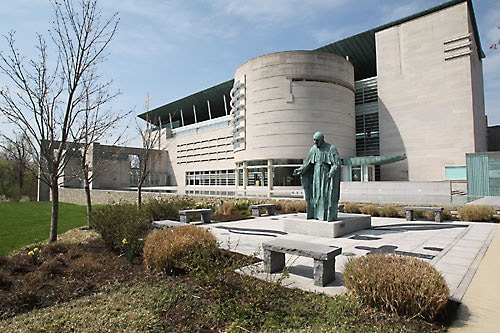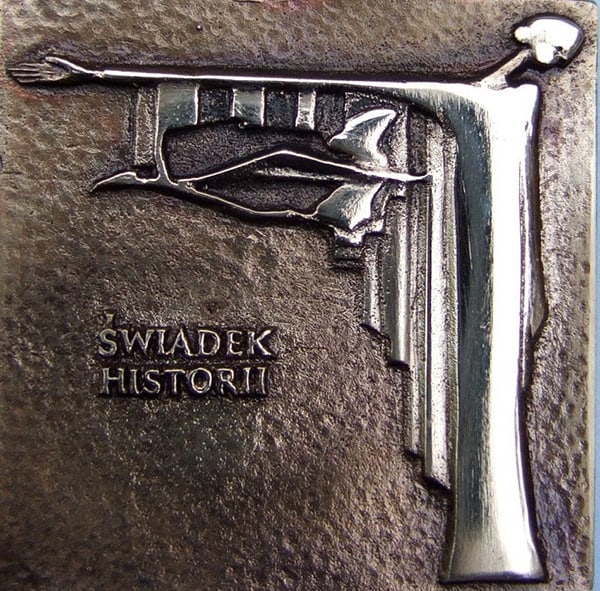
It happened in the 20th century (77)
On 2 April 2005, at 9:37 p.m., Pope John Paul II passed away at the age of 84, marking the conclusion of the pontificate of the 264th successor of St. Peter, who had served for 26 years. In the wake of his death, television and radio broadcasts were promptly interrupted to share the sombre news, and church bells tolled throughout Poland, calling the faithful to prayer.
In Poland, a period of national mourning was declared immediately following the announcement of the Polish Pope’s passing, lasting until the day of his funeral. The impact of John Paul II’s death resonated deeply within the Polish populace, although it sparked mourning across the globe.
His pontificate was remarkable for its historical context, coinciding with the decline and eventual fall of communism in Central and Eastern Europe, alongside the dissolution of the Soviet Union. John Paul II played a pivotal role in fostering the emergence of the ‘Solidarity’ movement in Poland.
Known as the ‘pilgrim pope,’ John Paul II embarked on 104 pilgrimages, visiting 132 countries, including eight trips to his native Poland. His dedication to ecumenism and mutual respect for different faiths was unparalleled, as he championed open intercultural and interreligious dialogue. He made history as the first pope to visit both a synagogue and a Lutheran church and initiated conversations with the Orthodox Church. He served as an ambassador for the concerns of the younger generation, leaving behind an evangelical legacy that comprises 14 encyclicals and 43 apostolic letters.
John Paul II’s final visit to Poland took place in 2002. As he bid farewell to his compatriots at Krakow’s Balice airport, he poignantly expressed, ‘And in the end, what can I say, it’s a pity to leave!’
The Pope’s funeral was held six days after his death, on 8 April at 10 a.m. Leaders and delegations from 150 countries, including the United States, the United Kingdom, France, and Italy, attended the ceremony, alongside notable figures such as the presidents of Iran, Afghanistan, and Israel. A significant Polish delegation was present, including President Aleksander Kwaśniewski and Prime Minister Marek Belka, as well as former Polish President Lech Wałęsa.
On that day, millions of believers flocked to Rome, with over 300,000 worshippers gathering in St. Peter’s Square alone. Nearly 2 billion people worldwide tuned in to witness the funeral ceremony. Cardinal Joseph Ratzinger presided over the funeral mass, which was concelebrated by 140 cardinals from the College of Cardinals and the patriarchs of the Eastern Catholic Churches, all conducted in Latin.
As the funeral mass concluded, a gust of wind caused the Gospel book on John Paul II’s coffin to close unexpectedly, which many believers interpreted as a sign of the Holy Spirit’s presence.
During the ceremony, crowds of the faithful chanted ‘santo subito’ (‘immediately saint!’), urging the Church to recognize John Paul II as a saint. The beatification process commenced just one month after his funeral. On 1 May 2011, Pope Benedict XVI beatified him, and on 27 April 2014, Pope Francis canonized his predecessor, officially declaring him a saint.
Historian, archivist, IT manager. Director of the Office of the Spokesperson of the Institute of National Remembrance. In the past, the archival department of the IPN and the Central Information Technology Center. Author, co-author and editor of over 160 scientific, popular science and journalistic publications.
Source:DlaPolonii.pl








